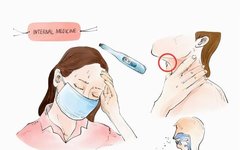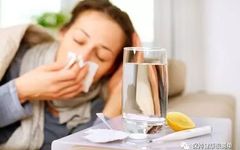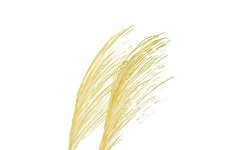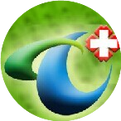Symptoms of Wind-Heat Cold and How to Care for It
Wind-Heat Cold is caused by the invasion of Wind-Heat evil into the exterior and the disharmony of Lung Qi. It is commonly seen in spring, resulting from external Wind-Heat. Traditional Chinese Medicine (TCM) considers Wind-Heat Cold as an exterior syndrome caused by the invasion of Wind-Heat evil, with symptoms manifesting as follows: 1. Fever Patients … Read more










